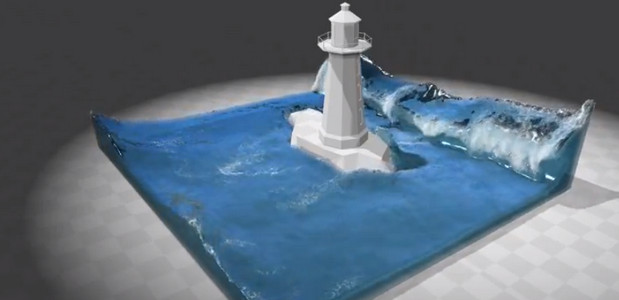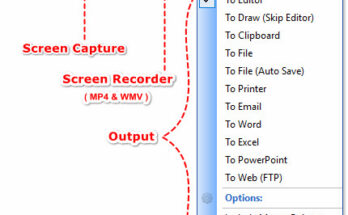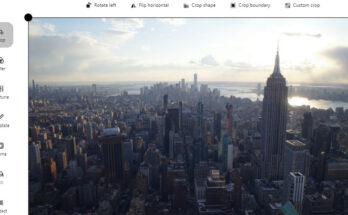
We won’t even pretend to understand the technology that produces such astonishingly realistic water movement, but the video demo is a thing of beauty in itself.
Created by a new fluid simulation algorithm, called “Position Based Fluids” (PBD), the rendering shows waves crashing off invisible walls and around a lighthouse in a stunningly realistic fashion.
It’s breathtaking stuff.
And now for the science bit, of which we understand not a jot, as explained in a new “Position Based Fluids” paper by Miles Macklin (NVIDIA) and Matthias Müller-Fischer (NVIDIA):
In fluid simulation, enforcing incompressibility is crucial for realism; it is also computationally expensive. Recent work has improved efficiency, but still requires time-steps that are impractical for real-time applications.
In this work we present an iterative density solver integrated into the Position Based Dynamics framework (PBD). By formulating and solving a set of positional constraints that enforce constant density, our method allows similar incompressibility and convergence to modern smoothed particle hydrodynamic (SPH) solvers, but inherits the stability of the geometric, position based dynamics method, allowing large time steps suitable for real-time applications.
We incorporate an artificial pressure term that improves particle distribution, creates surface tension, and lowers the neighborhood requirements of traditional SPH. Finally, we address the issue of energy loss by applying vorticity confinement as a velocity post process.
If you’re liking the cut of their jib, you can read more about their clever-clogs calculations in this PDF paper.


